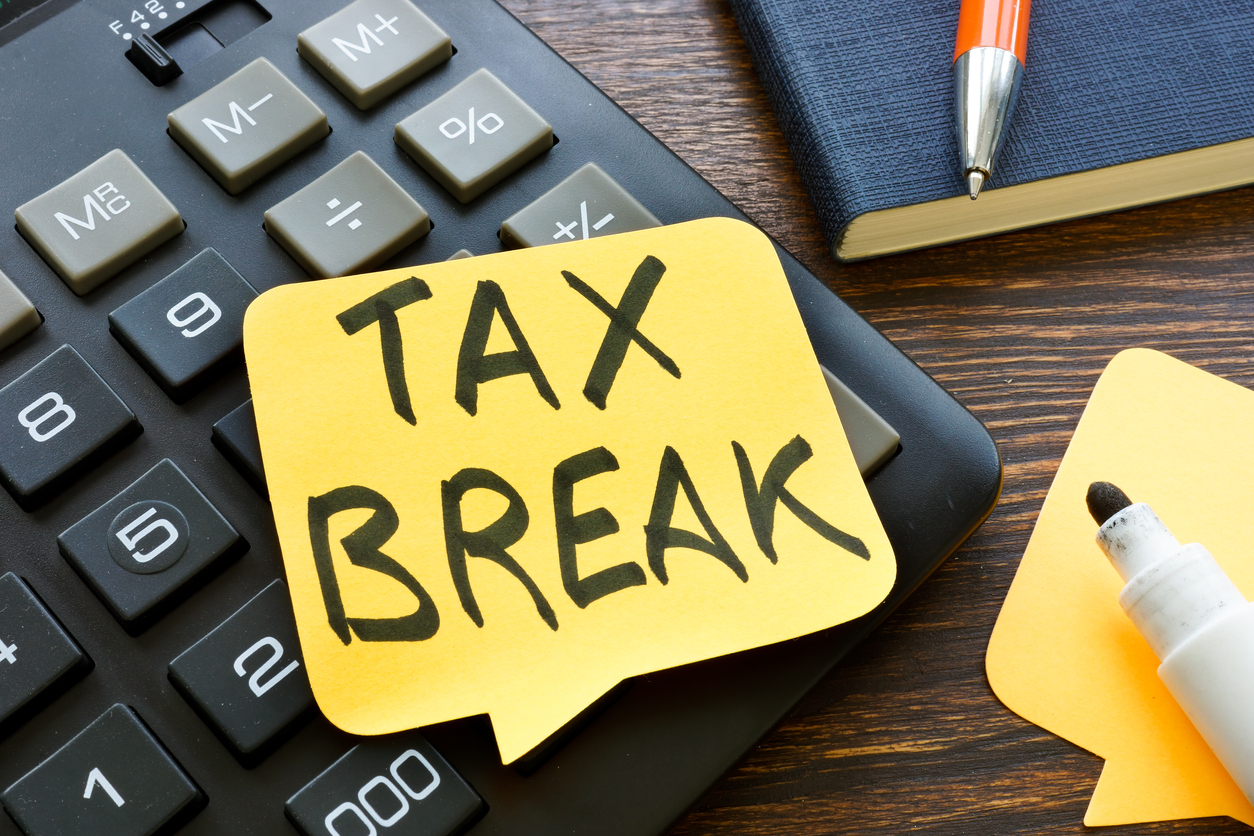Understanding Your Tax Refund: What You Need to Know for 2025
As the deadline for filing federal tax returns has passed, many Americans are wondering about their tax refunds. The 2024 tax season has brought some good news for taxpayers, with an increase in the average refund amount compared to the previous year. In this article, we’ll explore the reasons behind this increase, what you can expect regarding your refund, and how to make the most of it. Additionally, as you reflect on your 2024 tax experience, it's never too early to start thinking about the 2025 tax season. With potential changes on the horizon and new tax strategies emerging, staying informed can help you maximize your savings and avoid common pitfalls. Join us as we delve into not only the current landscape of tax refunds but also the steps you can take now to prepare for a successful filing in 2025 and beyond.
A Significant Increase in Tax Refunds
As of April 19, 2024, the IRS processed approximately 136 million tax returns, issuing around $245 billion back to taxpayers. This represents a notable 3.6% increase from the previous year. The average federal income tax refund for 2024 is $2,850, reflecting a 3.5% increase from 2023.
This rise in refunds can be attributed to adjustments made by the IRS to keep pace with inflation. The standard deduction and tax brackets have been increased by about 7%, allowing many taxpayers to fall into lower brackets and providing a larger deduction for those who do not itemize. This change not only impacts the average refund but also can significantly reduce taxable income for many individuals and families.
Related: What is the Typical Savings Account Balance for an American? Insights & Trends
Filing Your Taxes: Key Considerations
For most Americans, the tax filing deadline was April 15, 2024. If you received an extension, you still have options for filing your taxes. The IRS provides a free e-filing service called Direct File, available in 12 states, along with other online options that may have income and deduction restrictions.
If you prefer using tax preparation software, numerous reliable options cater to various tax situations. Many of these programs offer a user-friendly interface, ensuring that even first-time filers can navigate the process smoothly. These programs often guarantee accuracy, with some offering unique policies, like a maximum refund guarantee, which can give taxpayers peace of mind when filing their returns.
Understanding Deductions and Credits
When filing your taxes, it's crucial to understand the difference between deductions and credits. Deductions reduce your taxable income, which can help lower your overall tax bill. In contrast, tax credits directly reduce the amount of tax you owe, making them generally more beneficial. Familiarizing yourself with available deductions and credits—such as those for education expenses, child tax credits, or energy-efficient home improvements—can help you maximize your refund.
Common Filing Mistakes to Avoid
Many taxpayers make common mistakes that can delay refunds or reduce the amount received. Some common errors include:
- Incorrect Social Security Numbers: Ensure all Social Security numbers on your return are accurate.
- Math Errors: Double-check all calculations to avoid mistakes that can lead to discrepancies.
- Filing Status Errors: Choose the correct filing status, as this can affect tax brackets and deductions.
- Omitting Income: Report all sources of income to avoid complications with the IRS.
Related: Cash App Savings Account: What You Need to Know
When to Expect Your Refund
If you filed your return electronically and opted for direct deposit, you can expect your refund within 21 days, provided there are no issues. However, if you mailed a paper return or filed an amended return, you should anticipate at least four weeks for processing.
To check your refund status, the IRS provides a useful tool called "Where’s My Refund?" Simply enter your Social Security number, filing status, and the refund amount from your return. The tool updates overnight, making daily checks sufficient. Remember, if there are discrepancies or if the IRS requires additional information, it may take longer to process your return and issue your refund.
Smart Ways to Use Your Tax Refund
According to a January 2024 survey by Credit Karma, many taxpayers plan to allocate their refunds toward essential expenses like rent and groceries, with 34% intending to settle outstanding bills. If you have credit card debt, using your refund to pay it down is a smart move to avoid high-interest charges.
Building an Emergency Fund
If your immediate expenses are covered, consider using your tax refund to build or bolster your emergency fund. Financial experts generally recommend saving three to six months’ worth of living expenses. An emergency fund can provide peace of mind and financial stability during unexpected situations, such as job loss or medical emergencies.
Investing for the Future
Another option is to deposit your refund into a high-yield savings account, which can earn an annual percentage yield (APY) exceeding 5%. This strategy allows your money to grow while remaining accessible for emergencies. Research various savings accounts to find one with competitive rates and minimal fees.
Financing Significant Purchases
A substantial tax refund can also serve as a great opportunity to save for significant purchases. Whether you’re considering a car down payment or planning a vacation, using your refund wisely can help you achieve your financial goals. Many people view their tax refund as a bonus, making it an ideal time to invest in experiences or assets that can enhance their quality of life.
Charitable Contributions
If you're in a secure financial position, consider using part of your tax refund for charitable contributions. Donating to causes you care about not only supports your community but can also provide potential tax deductions for the next filing season. Many taxpayers find fulfillment in giving back, and it can create a positive impact on the lives of others.
Key Tax Deadlines for the 2025 Tax Season
To ensure you are prepared for the 2025 tax season, it’s important to keep track of the following key deadlines:
- January 15, 2025: Fourth Quarter Estimated Tax Payment Due – If you're self-employed or otherwise required to pay estimated taxes, make your final payment for the tax year.
- January 31, 2025: Forms 1099 and W-2 Due – Employers must issue W-2 forms to employees, and businesses must send 1099 forms to independent contractors and other non-employees.
- April 15, 2025: Tax Filing Deadline – This is the last day to file your federal tax return or to request an extension. If you need more time, you can file Form 4868 to extend your filing deadline to October 15, 2025.
- April 15, 2025: First Quarter Estimated Tax Payment Due – If you make estimated tax payments, your first payment for the 2025 tax year is due on this date.
- October 15, 2025: Extended Tax Filing Deadline – If you filed for an extension, this is the final date to submit your tax return for the 2024 tax year.
By keeping these deadlines in mind, you can avoid late penalties and ensure that your tax filing process is smooth and efficient.
Conclusion
The average tax refund for 2024 is higher than in previous years, presenting an excellent opportunity for taxpayers to make smart financial decisions. Whether you choose to reduce debt, save in an interest-bearing account, invest in significant purchases, or contribute to charity, planning how to use your refund can set you on a path toward better financial health.
By staying informed and making the most of your tax refund, you can maximize its potential benefits in your overall financial strategy this year.










